How to Survive a Kitchen Remodel — The 10 Lessons I Learned the Hard Way That Make Your Project a Lot Easier
First-hand advice on how to reduce overwhelm and stress during the remodeling process (from someone who's been there and done it more than once)
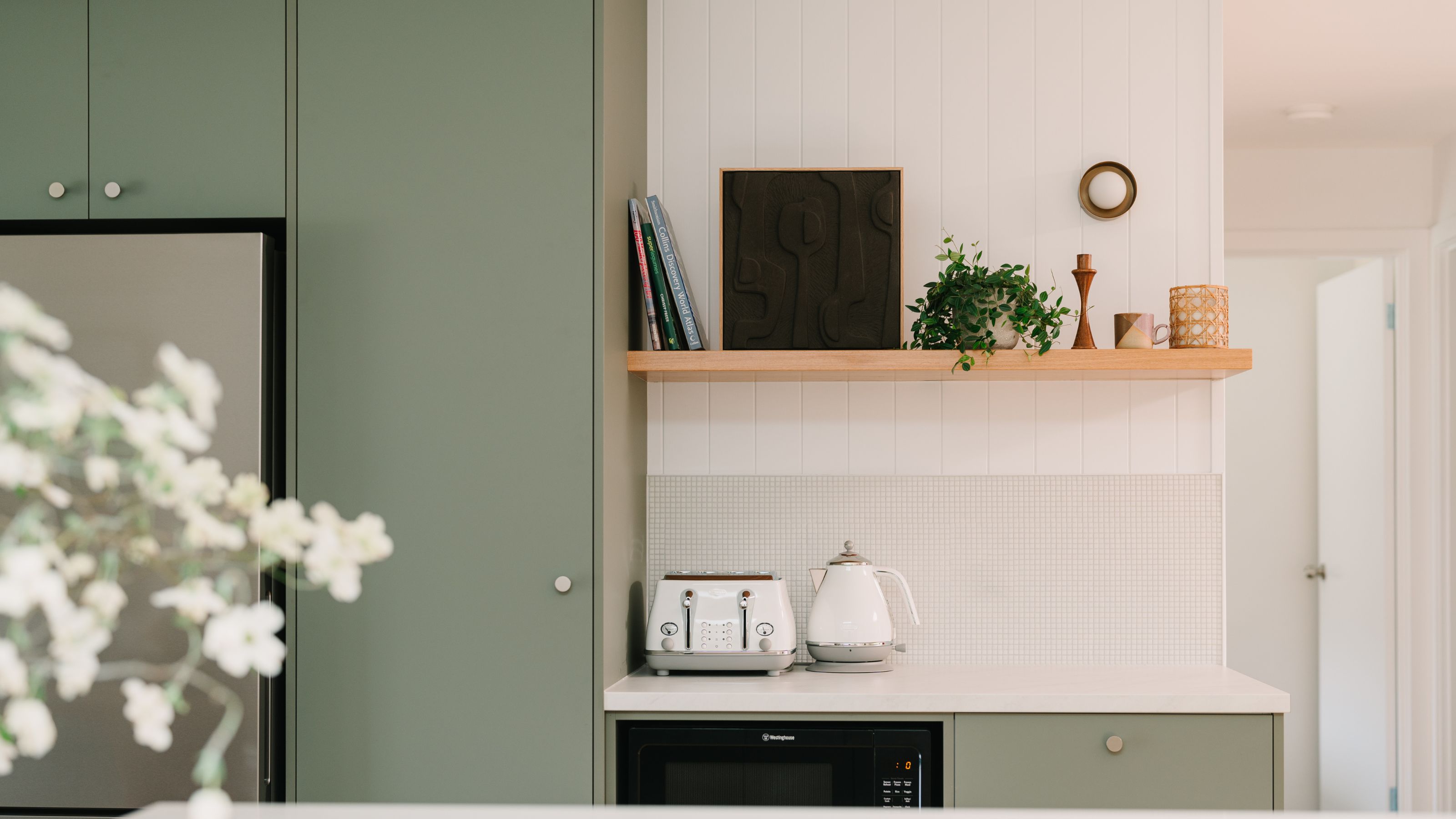

There can be a few home upgrades that are as exciting and rewarding as a kitchen remodel. After all, this is the room that has evolved from a purely practical spot into a multipurpose space that encompasses a range of activities, from conjuring up culinary delights to hanging out with friends and family to kick back and relax.
That said, for all the joy kitchen makeovers can bring, getting from A to Z can be a bumpy ride and, if you plan on living in your home while your remodel is underway, the stress can soon creep up. I say this as someone who has experienced life on site more than once. While the roofless periods of the renovation when we were confined to just one room with two children under five were low points, nothing quite came close to the havoc the kitchen renovations wreaked.
With this in mind, I want to share with you the 10 expert-endorsed tips that are guaranteed to make your own project as low drama and stress free as possible.
1. Forward Planning Is Everything
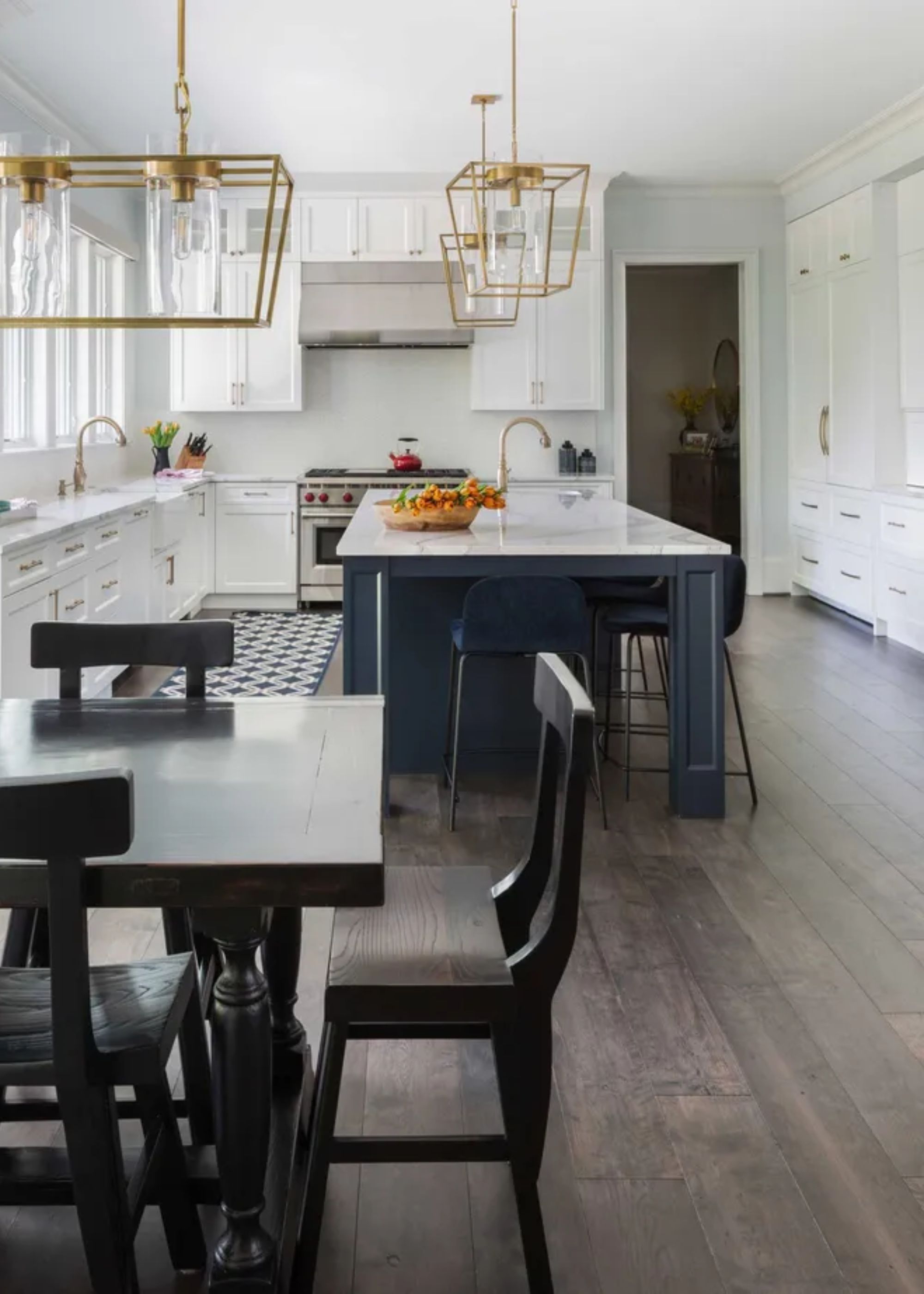
Planning ahead will remove any stress you may have for the future.
While it seems obvious to state that a strong vision of the end result is important for a successful kitchen remodel, it is amazing how often planning gets neglected.
"A successful kitchen remodel starts with a solid plan and a clear vision that reflects your desired style, budget, and the practical needs of your space," explains interior designer Regan Billingsley of Regan Billingsley Interiors. 'Begin by researching your preferred design, essential features, and realistic budgeting and scheduling options. This proactive approach not only eases financial concerns but also sets achievable goals aligned with your expectations."
Kitchen designer Molly Chandler from Willis & Stone backs up this tip. "Many people make the mistake of beginning demolition or installation before they have finalised their choices, which can lead to delays, unexpected costs and frustration," she says. "It’s best to take your time in the planning stage, visit showrooms, explore different material options and make sure you’ve chosen everything from cabinets and worktops to flooring and fixtures."
Making these seemingly insignificant decisions early on, before disruption mounts, means that you won't rush them, feel overwhelmed or make silly kitchen remodel mistakes you'll later regret.
Rachel Davis, senior designer at Harvey Jones, has one more tip on this planning stage."If possible, bring accurate measurements or a floor plan of your current kitchen, as well as photographs, to assist with the planning stages," she says.

Interior designer Regan Billingsley is passionate about collaborating with artisans, artists, and vendors globally to uncover uniquely designed pieces and preserve cultural craftsmanship. Thanks to years of cultivating trustworthy partnerships with industry experts, particularly independently owned and established businesses, Regan Billingsley Interiors is able to form skilled and dependable teams for their clients.

Rachel is a designer with over ten years of experience in the luxury sector. She began her career in fashion and product development before transitioning into kitchen and interior design five years ago with Harvey Jones. Rachel uses a clean and thoughtful aesthetic, creating timeless designs through careful consideration of form, material, and colour, while ensuring functionality and comfort. She believes that each client's design journey is a collaborative process, creating relaxing homes that reflect their own unique personal style.
2. Make Thorough Lists Of Your Requirements
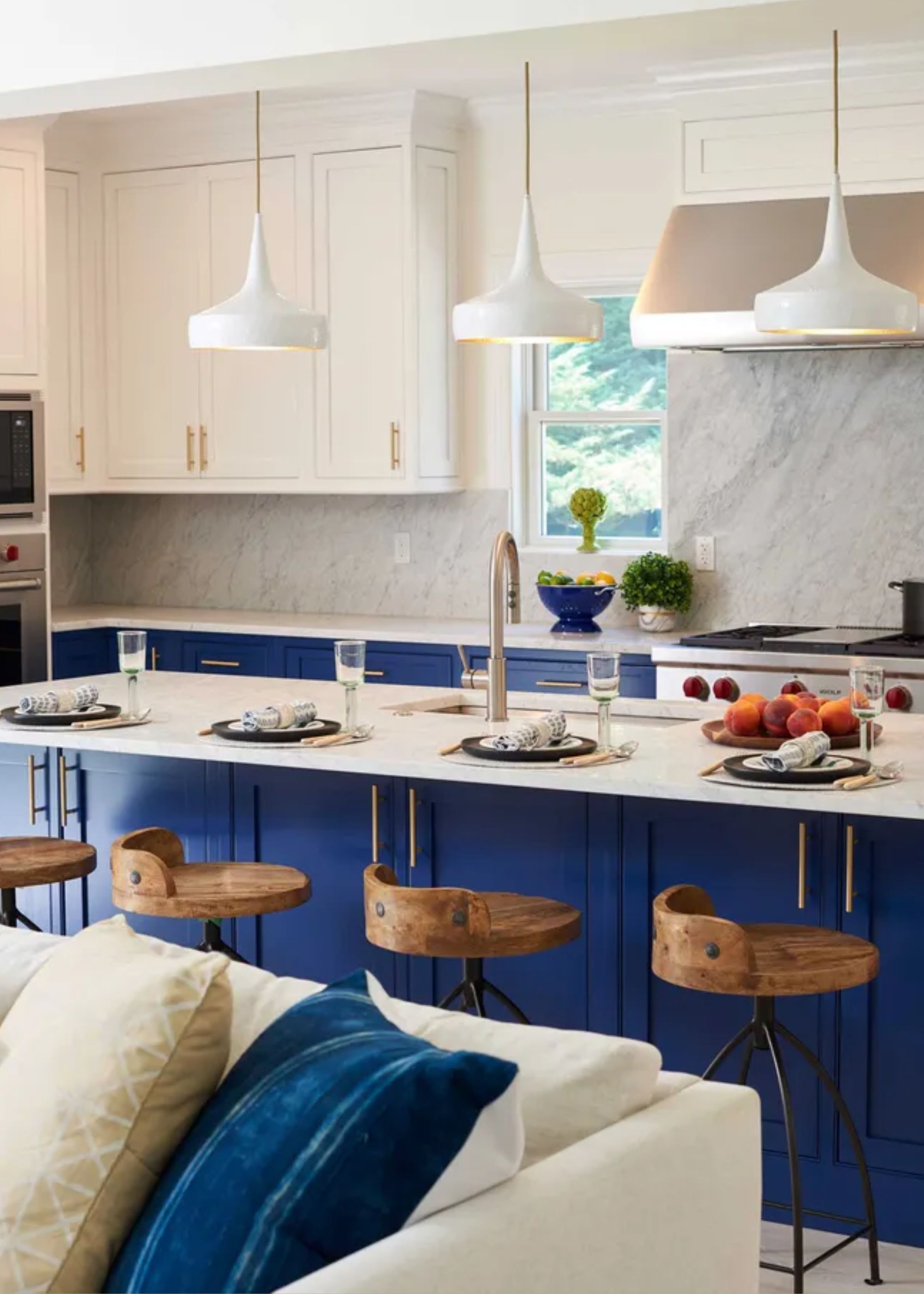
Make a list and check it off as you go.
Along a similar vein to early planning, this next point for remodeling a kitchen in a stress-free way ensures that nothing will get missed out of your final kitchen and will avoid frustrating delays, too, as well as those kitchen renovation mistakes.
"We recommend making an inventory of the equipment you have and the storage required. Be realistic about how you live, cook and eat," begins Merlin Wright, design director at Plain English. "We would encourage putting in the hours early on to save scrabbling around looking for taps and sink wastes at the last minute.
"Writing lists of the items needed is recommended, along with looking at paint colours and worktop choices early on," continues Merlin. "Leaving colour choices until last creates a potential monster in the room and colour ought to be a fun part of life."

Merlin Wright has been design director at Plain English for 17 years. Merlin's background was in boat building and cabinetmaking before studying industrial design, so he immediately related to co-founders Katie Fontana and Tony Niblock as they are both sailors and obsessed with traditional craft skills. For Merlin, it was Plain English's simplicity and authenticity in cupboard making, which to him looked 'just right' and still look right, appropriate and timeless 25 years later that appealed.
3. Be Realistic With Timelines
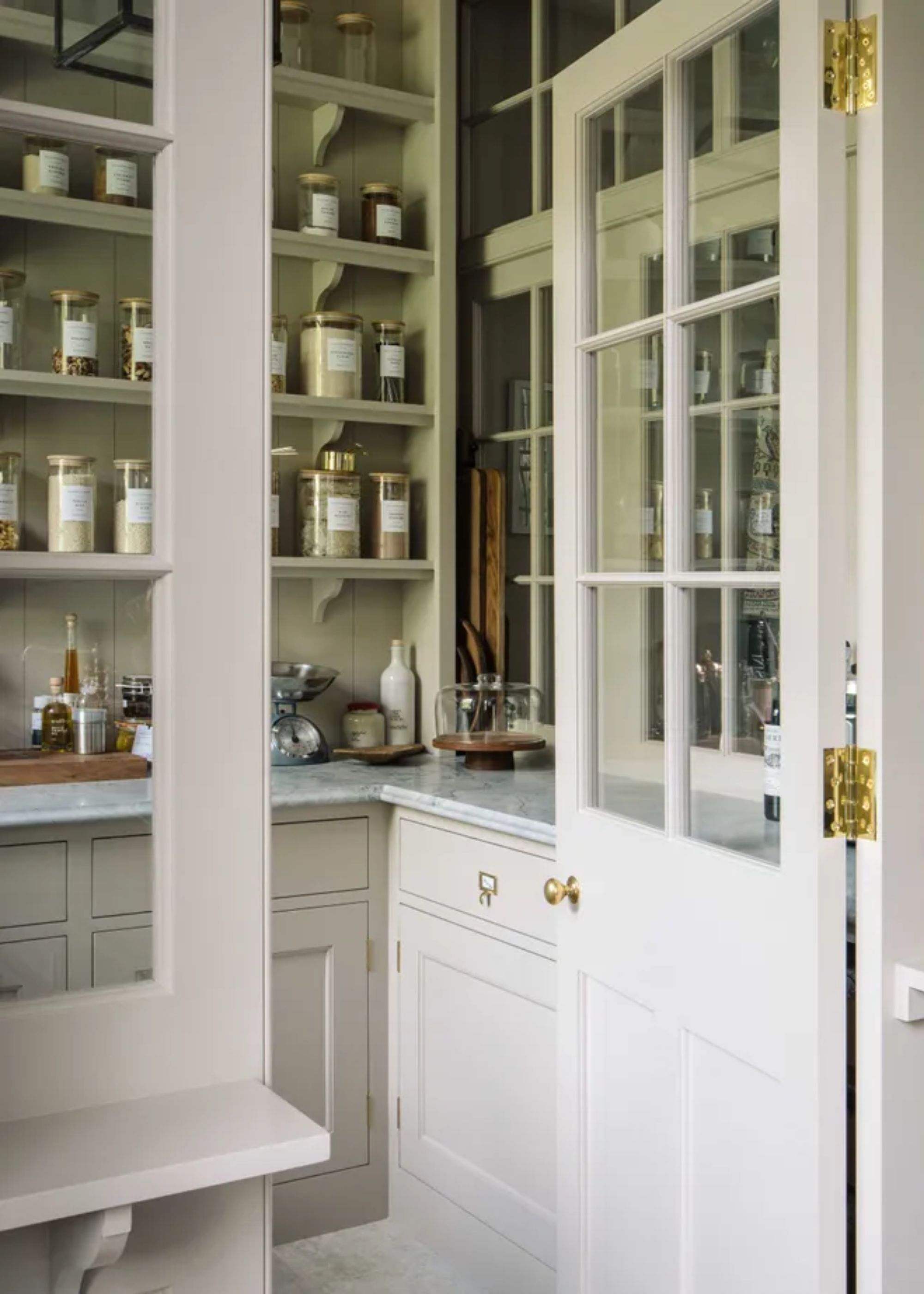
Don't put too much pressure on yourself, be realistic with timelines.
Over the years, I have come to realise that in the case of any kind of remodel or renovation project, and even with the best kitchen extension ideas, everything takes longer and costs more. If you walk into a kitchen remodel fully aware of timescales and costs, stress is far less likely to rear its horrible head.
"For a well-planned project you should ideally allow at least six months — one to two months for design, eight–twelve weeks for product lead times, and another few weeks for installation,” advises Richard Keyes, head of design at Hobson's Choice.
Product lead times are crucial and will vary widely, so this should be one of the first questions you ask suppliers.

Richard has a background in architecture and is design and sales manager at Hobsons Choice, a design and installation company which specialises in contemporary high-end kitchens, bathrooms and living spaces. He particularly enjoys projects where a client is open minded to new ideas; when they go for something they hadn’t initially considered and feel the outcome is better than they could have ever imagined.
4. Have a Clear Schedule of Works
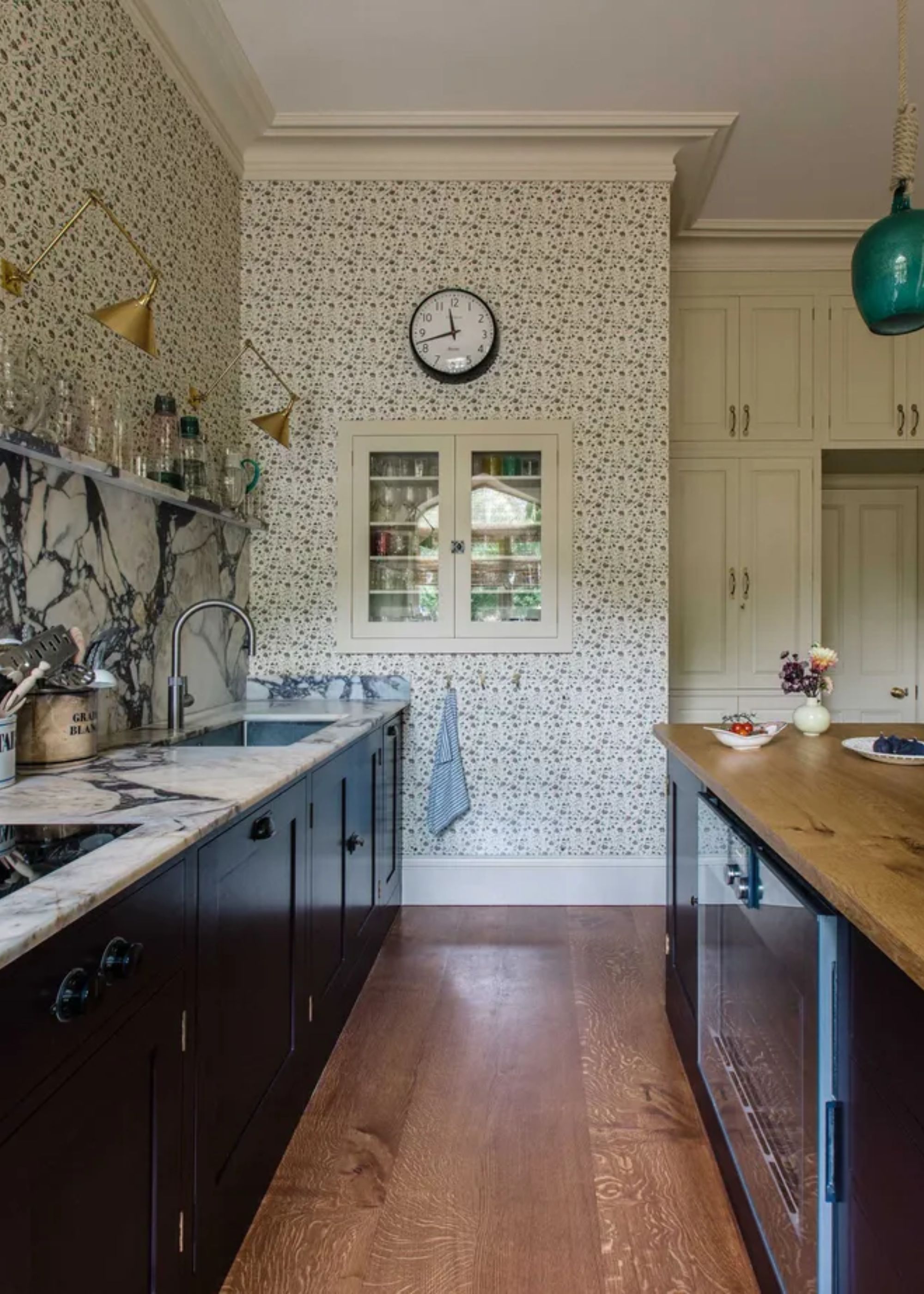
Make a list of schedule of works to keep track of important changes.
A really thorough schedule of works is absolutely vital if you want to ensure that your kitchen remodel is uncomplicated by clashing trades.
A schedule of works basically lists, in the order they need to happen, every single action that is required to take a project from conception to completion. Having this list means that everyone knows where they need to be when, and also flags up when materials need to be ordered if you want to avoid delays on site.
"Making a realistic guideline for the various stages, not forgetting changes to service positions, laying new flooring and allowing time for necessary plastering to dry, as well as for panting the ceiling and walls before the new kitchen arrives will reduce potentially messy work around the new cupboards," explains Merlin Wright.
5. Order Materials Well in Advance
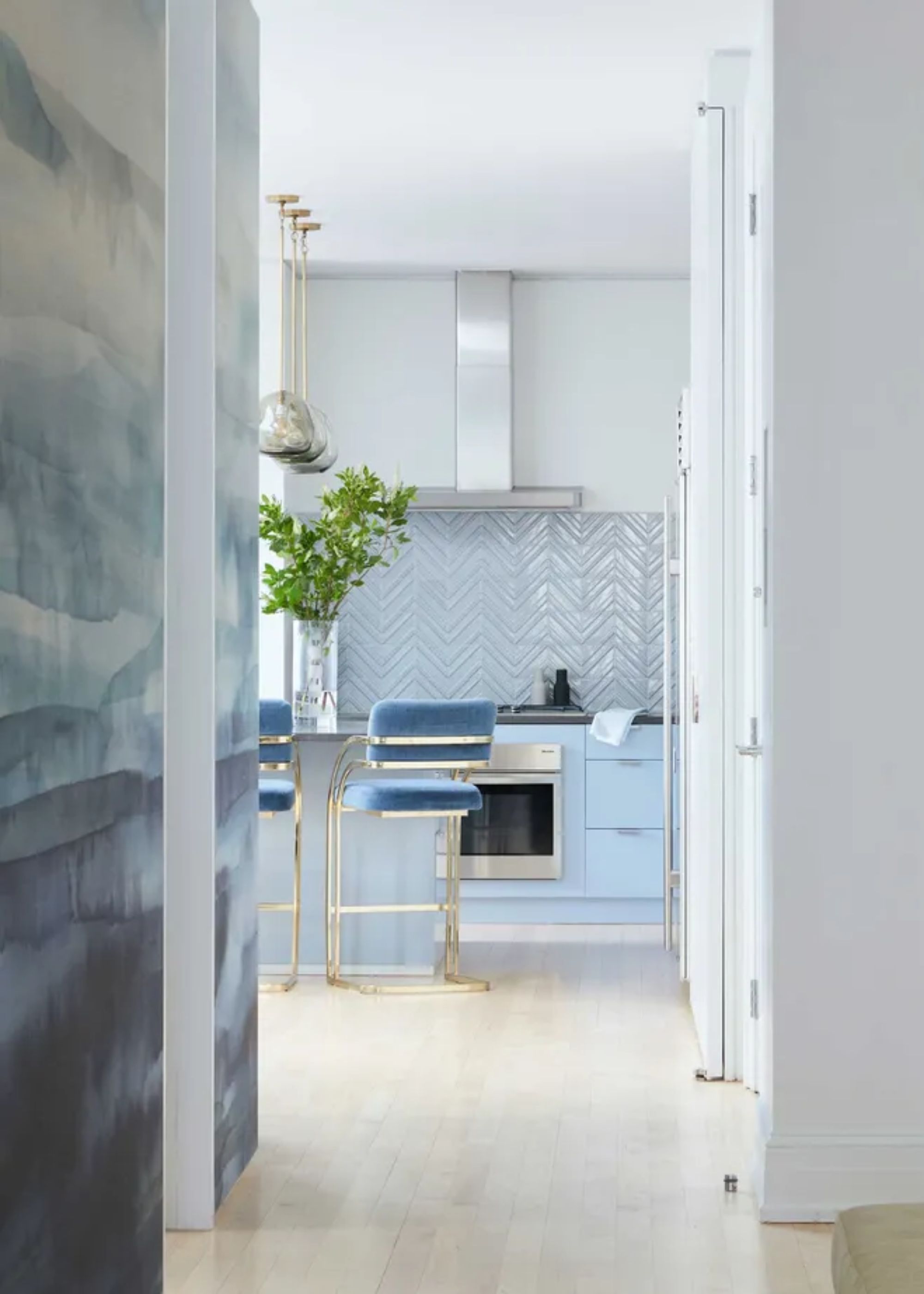
Ensure you order your materials way in advance.
Which brings us nicely on to this next point. All materials, fixtures, and fittings will have lead times meaning if you want them to be on site exactly when you need them you need to order in advance.
"Delays in materials can be one of the biggest stressors in a renovation," says interior designer Claire Garner of Claire Garner Design Studio. "Wherever possible, order items like cabinetry, tiles and appliances well in advance to avoid unnecessary hold-ups."
The same goes for booking in trades — don't expect them to slot you into their schedules seamlessly. They are likely to be booked up months in advance.
6. Set Up a Temporary Kitchen
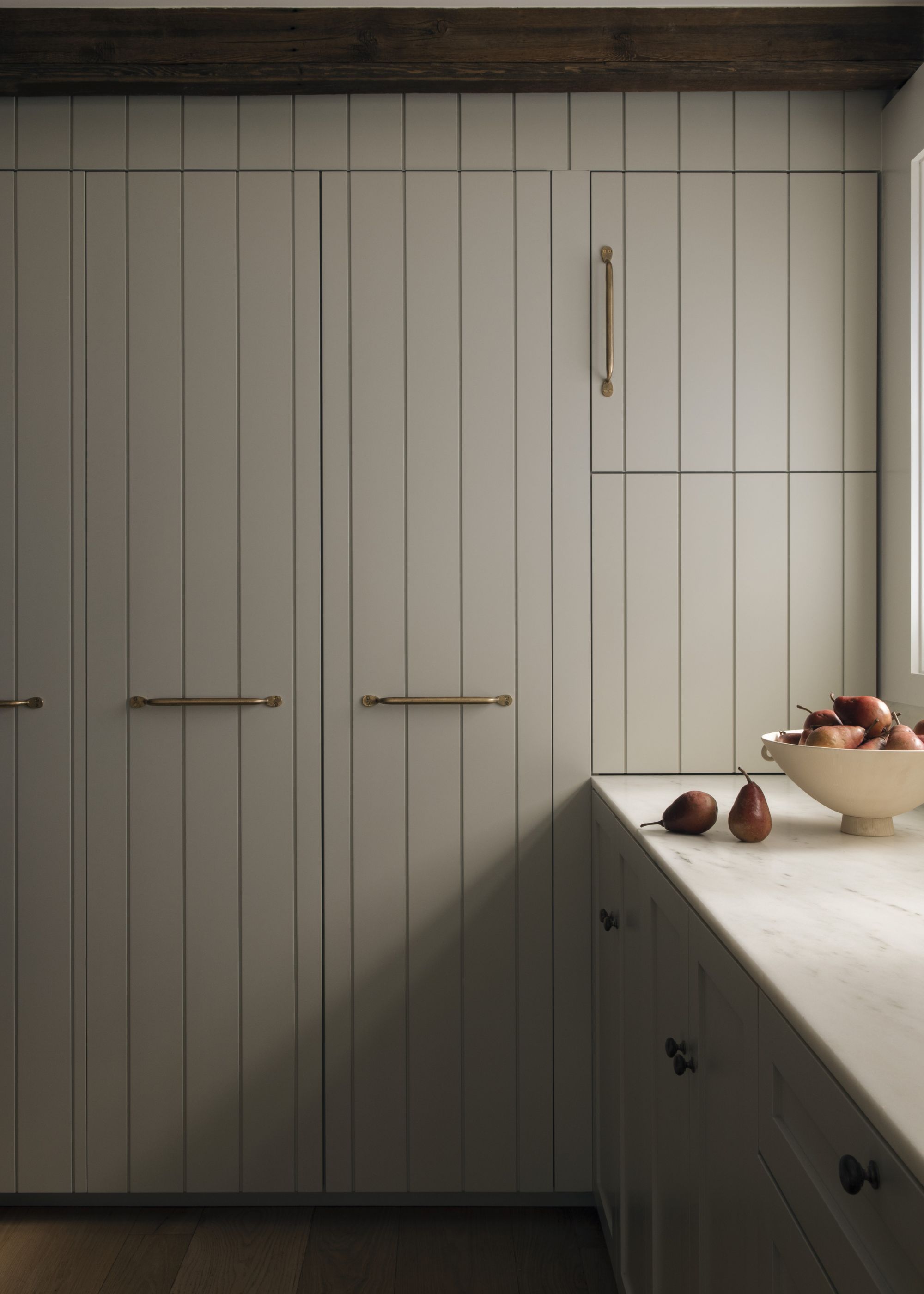
Step up a temporary space before you start your remodeling journey.
Turning your kitchen ideas into a reality usually means that there will be a period of time where the space is unusable. The novelty of takeouts can soon wear thin and dining out can quickly eat into your budget. Every single designer we spoke to highlighted the importance of setting up a temporary kitchen space.
"Depending on the extent of the work, consider that it can take anywhere from six weeks to five months to complete a kitchen renovation. Be prepared by determining if you have enough space for a temporary kitchen (hot plate, small refrigerator, microwave, toaster) and if not, be sure to budget for ordering out meals," says Susan Petrie-Badertscher, principal of Petrie Interior Designs.
"One of the most practical solutions is setting up a temporary kitchen elsewhere in your home," says Richard Keyes, head of design at Hobson's Choice. “Don’t forget to factor in washing up —without a dishwasher, even simple meals create more work.”
We were able to drag our cooker into the dining room as it was a fully electric model and then set up a bench with all the other necessaries. Our project was a property that hadn't been touched in over 40 years and, as such, had a ground floor bathroom (sludge green if you don't mind) — so we used the bath to wash up.

Susan’s self-described “undiluted design” approach to her work provides a level of practicality without compromising style. She is known for her ability to create personalized respite-filled dwellings that embrace, comfort, form and function. Susan attended the Parsons School of Design and went on to hone her interior design skills by working under renowned designers including Miles Redd and Meg Braff.
7. Time Your Project Carefully
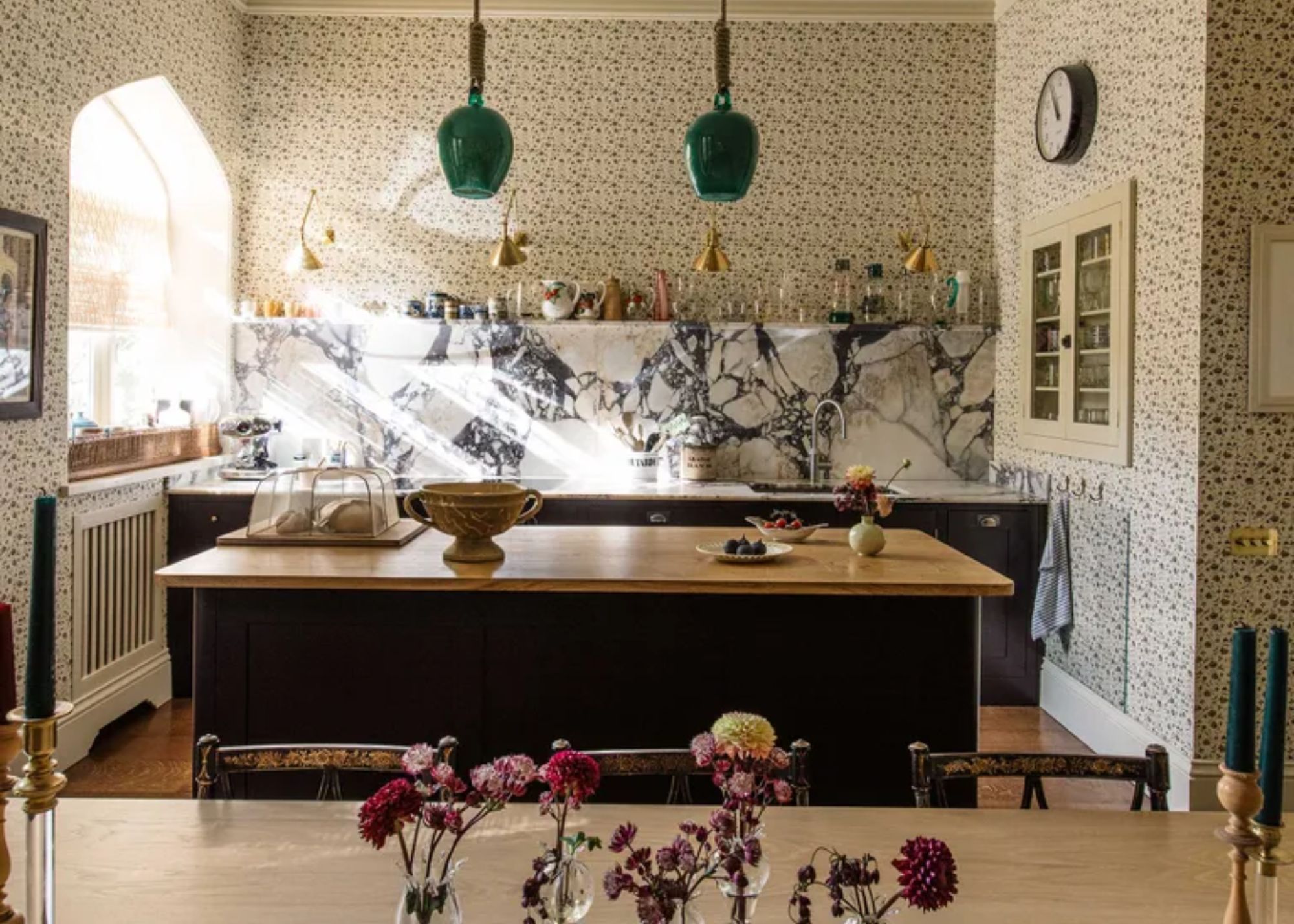
Timing is everything.
While you may well be keen to get started as soon as possible on your kitchen remodel, do take time to consider the best time of year for this kind of project in order to help it run smoothly.
"Consider any important family events, such as Christmas and new babies. Planning a kitchen install leading up to Christmas is best avoided if possible," points out Merlin Wright. "Fitters, suppliers, and deliveries are all under pressure at this time of year.
"Consider arranging a family holiday to coincide with the messiest stages if you are a busy working family and will be in the house during the process," continues Merlin. "The summer months can mean less muddy feet in and out of the house too."
8. Be Realistic With Timescales
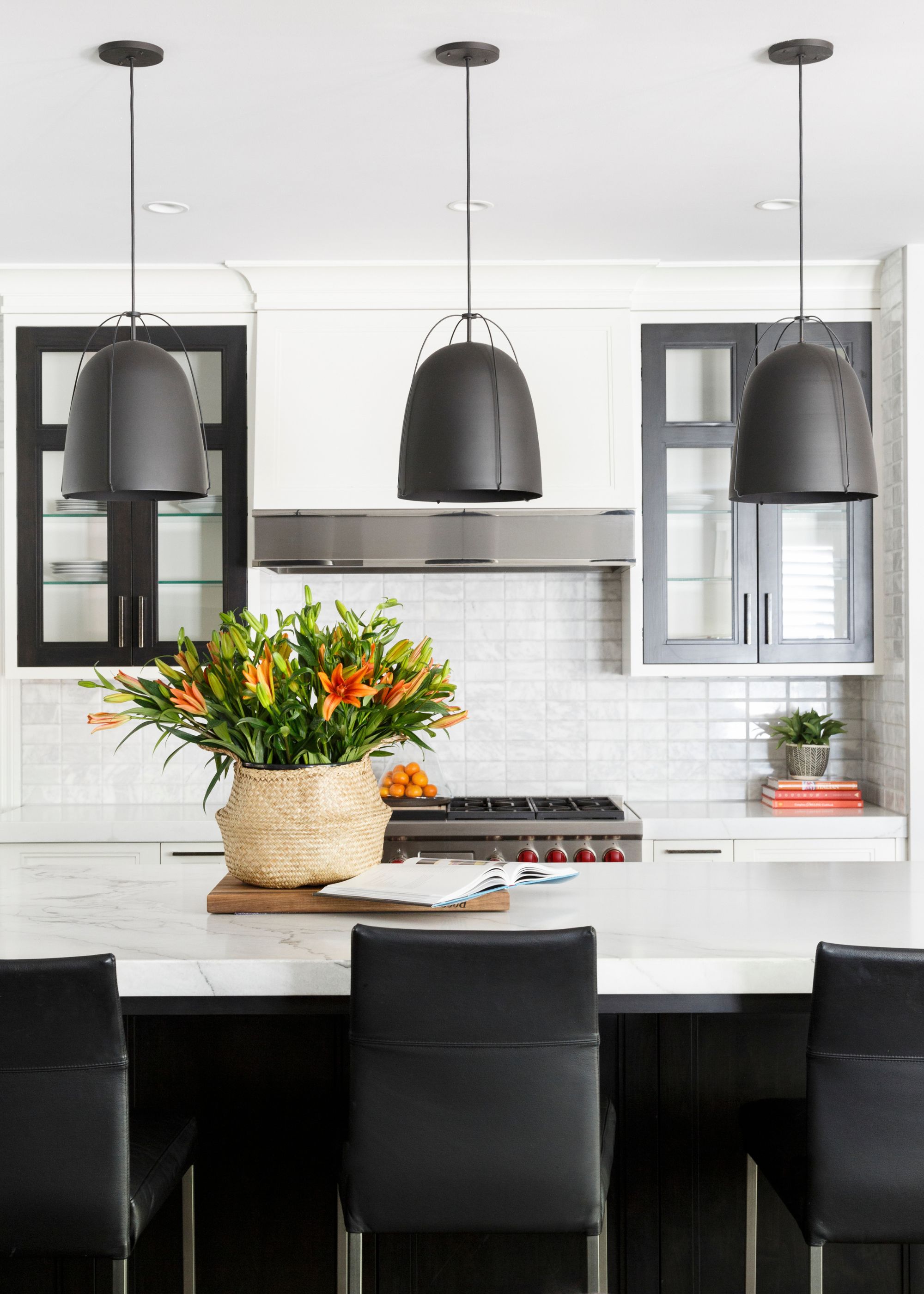
Be realistic and don't put too much pressure on yourself.
Over the years I have come to realise that in the case of any kind of remodel or renovation project, everything takes longer and costs more than I thought it would when setting out. If you walk into a kitchen remodel fully aware of timescales and costs, stress is far less likely to rear its horrible head.
"Every kitchen renovation follows a unique timeline, particularly as a bespoke project requires careful planning," says Rachel Davis. "The design and planning phases tend to be the most time-consuming, as every detail is tailored to the client’s needs.
Be prepared for delays too, they are inevitable and getting upset about them will only make matters worse.
9. Put Your Trust in Carefully Selected Professionals
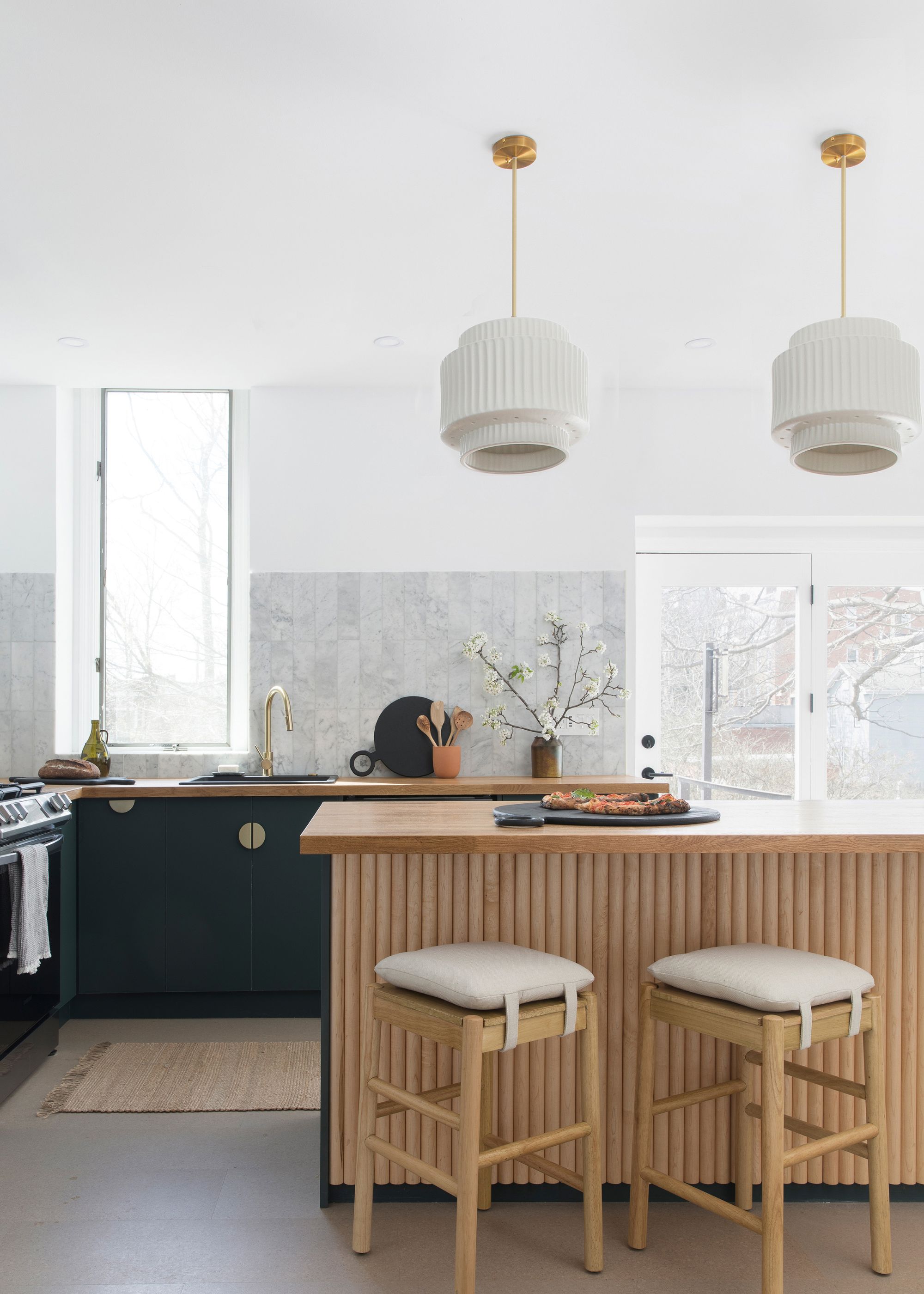
Speak to professionals if you're ever unsure of what to do.
For many people looking at where to spend and where to save on a kitchen remodel, taking on as much DIY as possible seems like a good idea. However, there are some jobs that it really does make sense to leave to the professionals. While it might mean spending a little more upfront, it could just mean that you add more value and save money long term by avoiding costly mistakes — plus they can help when it comes to planning the space from the outset.
"If you feel unsure where to begin, consider enlisting a design professional," advises Regan Billingsley. "Their established relationships with vendors and trusted contractors can guide you in making informed decisions, ensuring that your project remains on track both financially and timeline-wise, even when unexpected challenges arise."
"Attempting to oversee every detail yourself can be a recipe for stress," adds Richard Keyes. "Plumbing, electrics and structural work should always be left to professionals. The right team will not only execute your vision but also foresee and prevent potential problems.”
"It is important to use a good cabinet maker or joiner to install your cupboards and to employ them early on to check dimensions," adds Merlin. "They will know the tolerance they require to best install your cupboards and can check on critical dimensions before you finalise the design. Measure twice and cut once being the old adage."
10. Consider Moving Out at Critical Stages
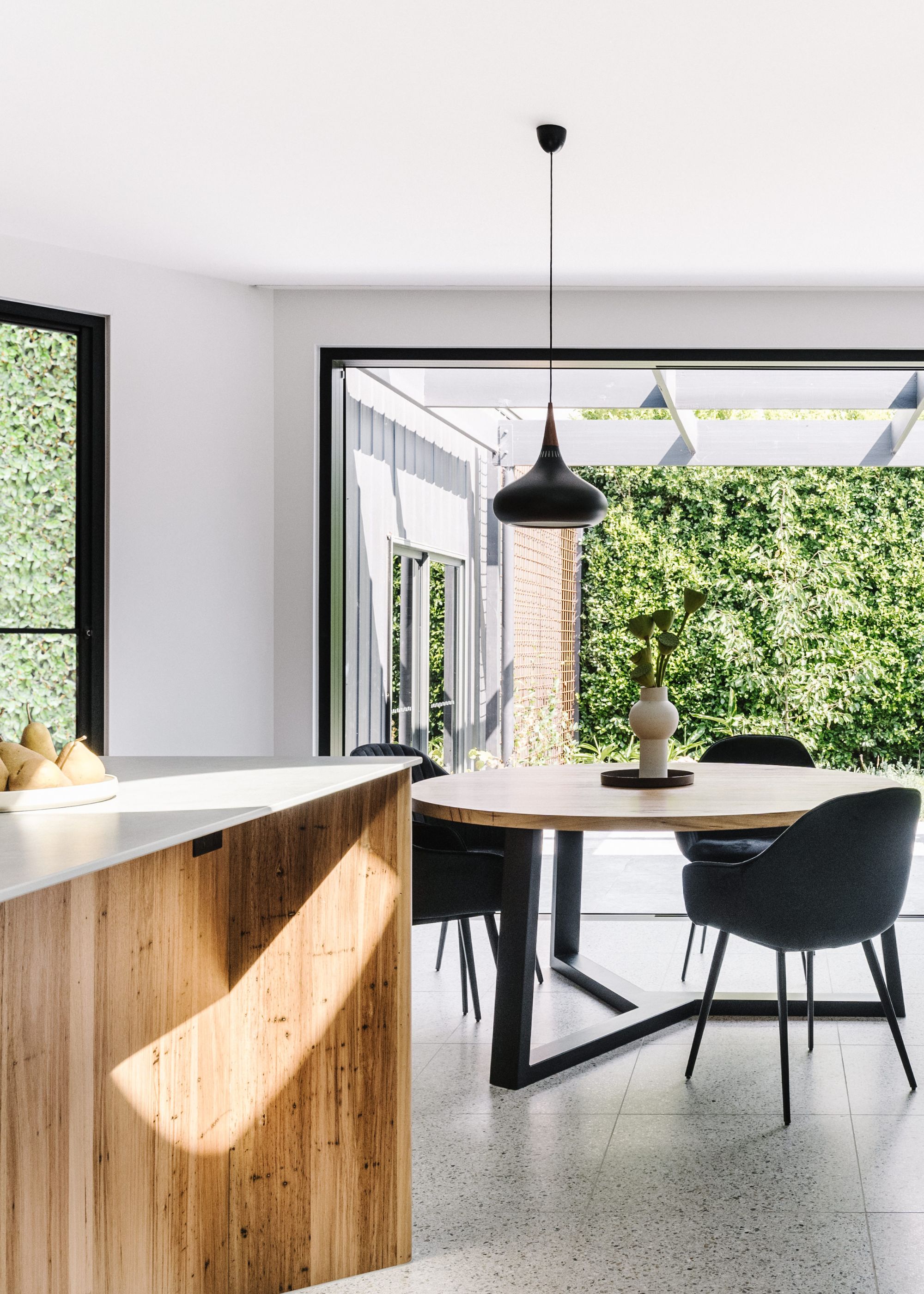
Leave the area for a while while the remodeling takes place.
There is absolutely nothing to be ashamed about if you decide to jump ship for a little while during the stress-heavy hot spots — I'm talking no hot water, dug up floors, the absence of a ceiling and the like. In fact, one of the biggest kitchen renovation mistakes can be to hang on in there at these times as you will only get in the way of trades trying to get their jobs done.
"If staying elsewhere is an option — whether it’s a short break or staying with friends – it can take a lot of stress out of the process,” agrees Richard Keyes. “As long as you’re contactable, a professional installation team will manage everything in your absence."
FAQs
What Is the Hardest Part of a Kitchen Remodel?
For most people, the hardest part of the remodel is the sheer number of decisions that need to be made — this is something that is often underestimated. It isn't just kitchen layout ideas and general aesthetics that need consideration, but also those smaller details, such as socket placement, lighting circuits and so on.
This is where early planning helps so much. If you can make all these kinds of decisions before the project, with all its associated disruption and mess, gets underway, it will be much easier to think with a clear head.
"A kitchen renovation is a significant undertaking, but careful planning can help keep stress to a minimum," says Rachel Davis. "Getting the design team involved as early as possible ensures key decisions are made efficiently, avoiding last-minute changes that could cause delays."
How Stressful Is a Kitchen Remodel?
This very much depends on the amount of planning you put in and how much you communicate with any trades you employ to carry out work.
Generally, from my own experience the constant mess was the most stressful element, although everyone will be different.
"Clean up daily — yes, every night," says Jade Piper, the operations manager for BetterCleans. "It will be a lot harder to clean everything if you decide to do one, big, clean-up session."
Accepting that there will be a level of stress in any kitchen remodel is the best way to step into your project without any unrealistic expectations.
To ease the tension, take a look at some of the best new kitchen trends to bring into your new space — they'll make it all feel worth it in the end.
Be The First To Know
The Livingetc newsletters are your inside source for what’s shaping interiors now - and what’s next. Discover trend forecasts, smart style ideas, and curated shopping inspiration that brings design to life. Subscribe today and stay ahead of the curve.
Natasha Brinsmead is a freelance homes and interiors journalist with over 20 years experience in the field. As former Associate Editor of Homebuilding & Renovating magazine, Natasha has researched and written about everything from how to design a new kitchen from scratch to knocking down walls safely, from how to lay flooring to how to insulate an old house. She has carried out a number of renovation projects of her own on a DIY basis and is currently on the lookout for her next project.
-
 12 Essentials Every Cool, Collected Spring Host Needs — And You’ll Never Guess Where They’re From
12 Essentials Every Cool, Collected Spring Host Needs — And You’ll Never Guess Where They’re FromGuests will think you thought of everything, you just knew where to shop
By Julia Demer Published
-
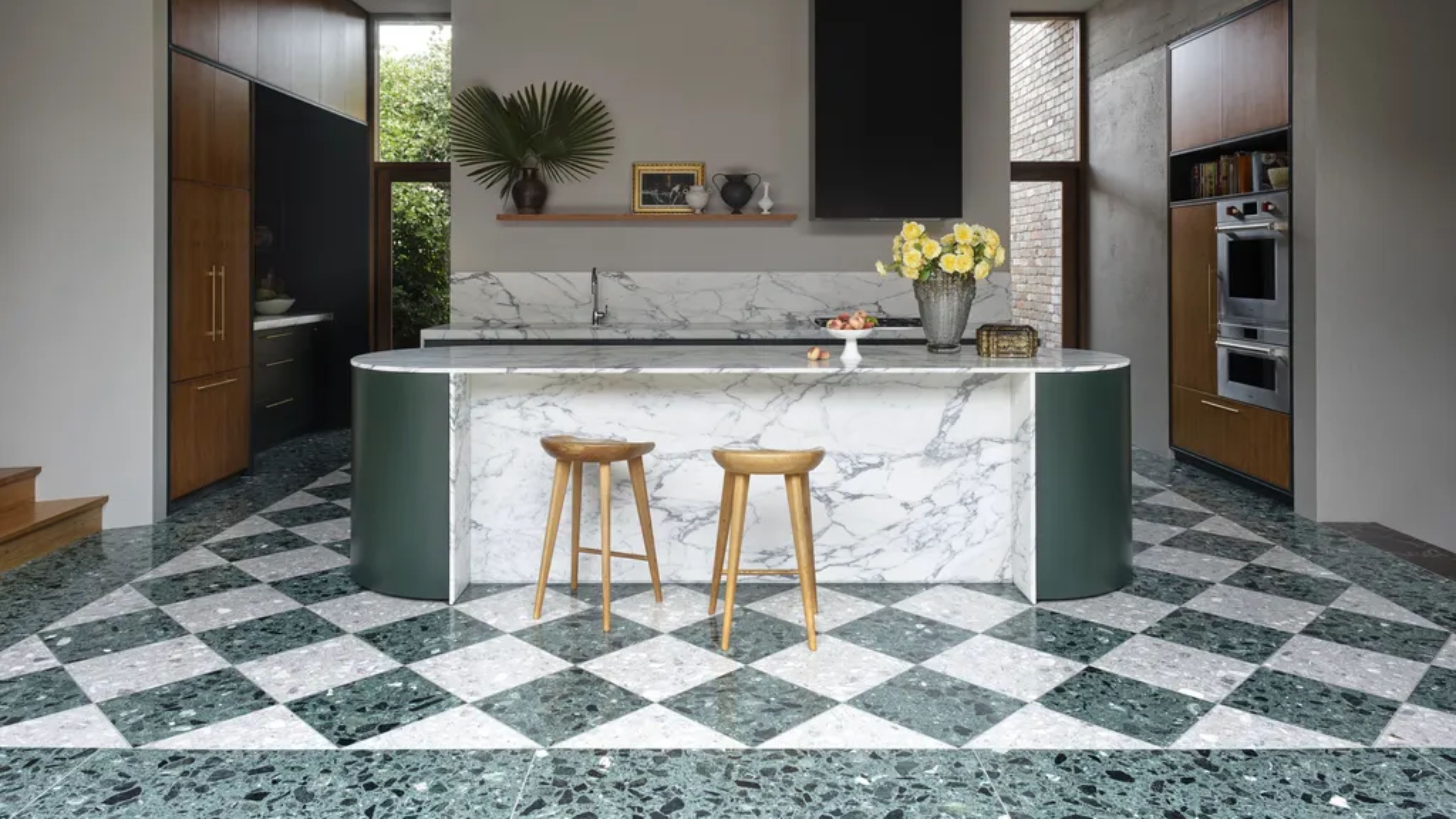 Smeg Says Teal, and We’re Listening — The Kitchen Shade of the Year Is Here
Smeg Says Teal, and We’re Listening — The Kitchen Shade of the Year Is HereDesigners are already using the soft, sea-glass green everywhere from cabinetry to countertops
By Julia Demer Published
-
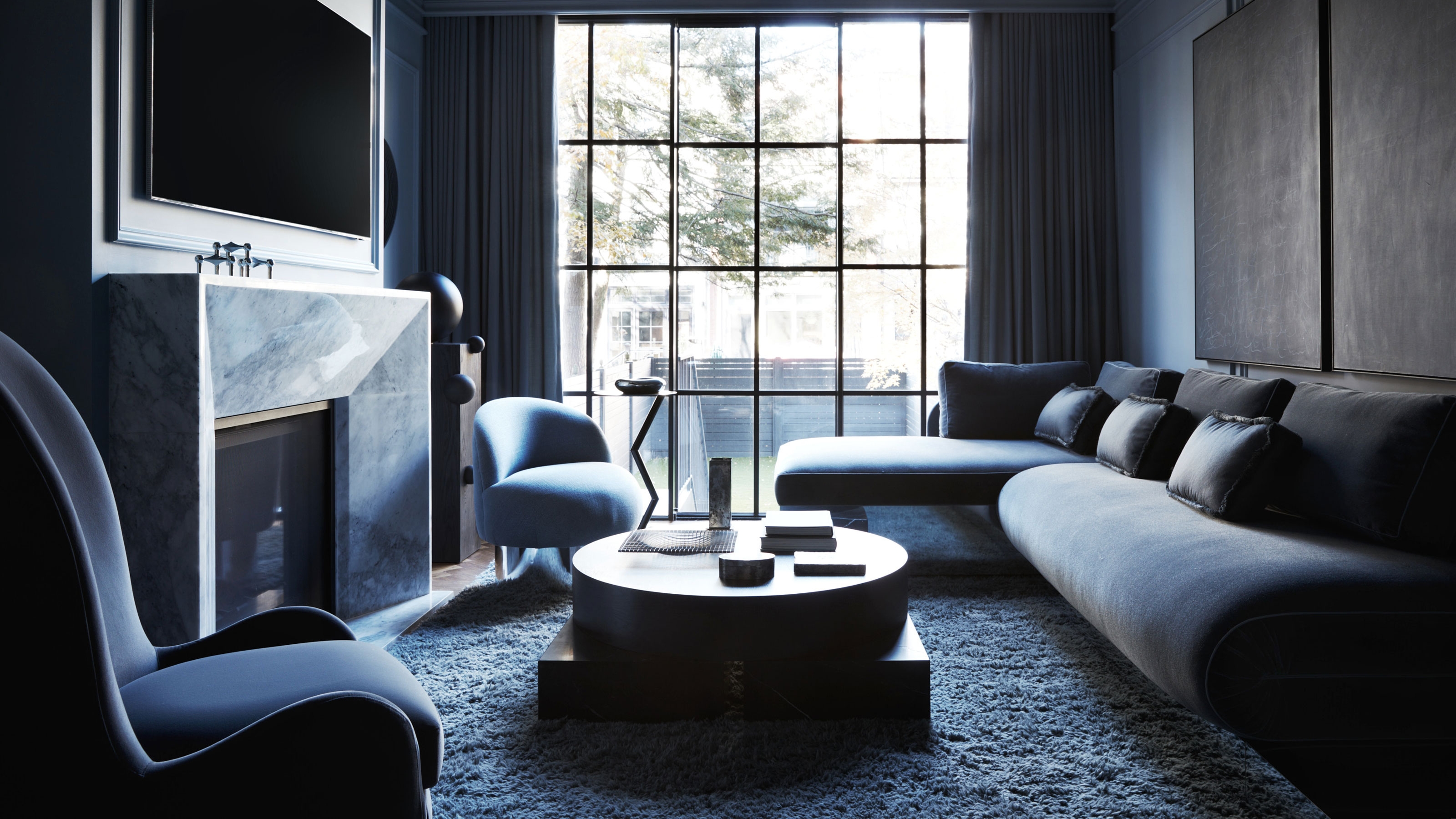 I Want to Paint a North-Facing Room Blue, but Is It a Good Idea? When You Can, and When You Absolutely Shouldn't
I Want to Paint a North-Facing Room Blue, but Is It a Good Idea? When You Can, and When You Absolutely Shouldn'tWith a bit of planning and preparation, even the darkest of rooms can become a beautiful home for both light and dark shades of blue
By Olivia Wolfe Published
-
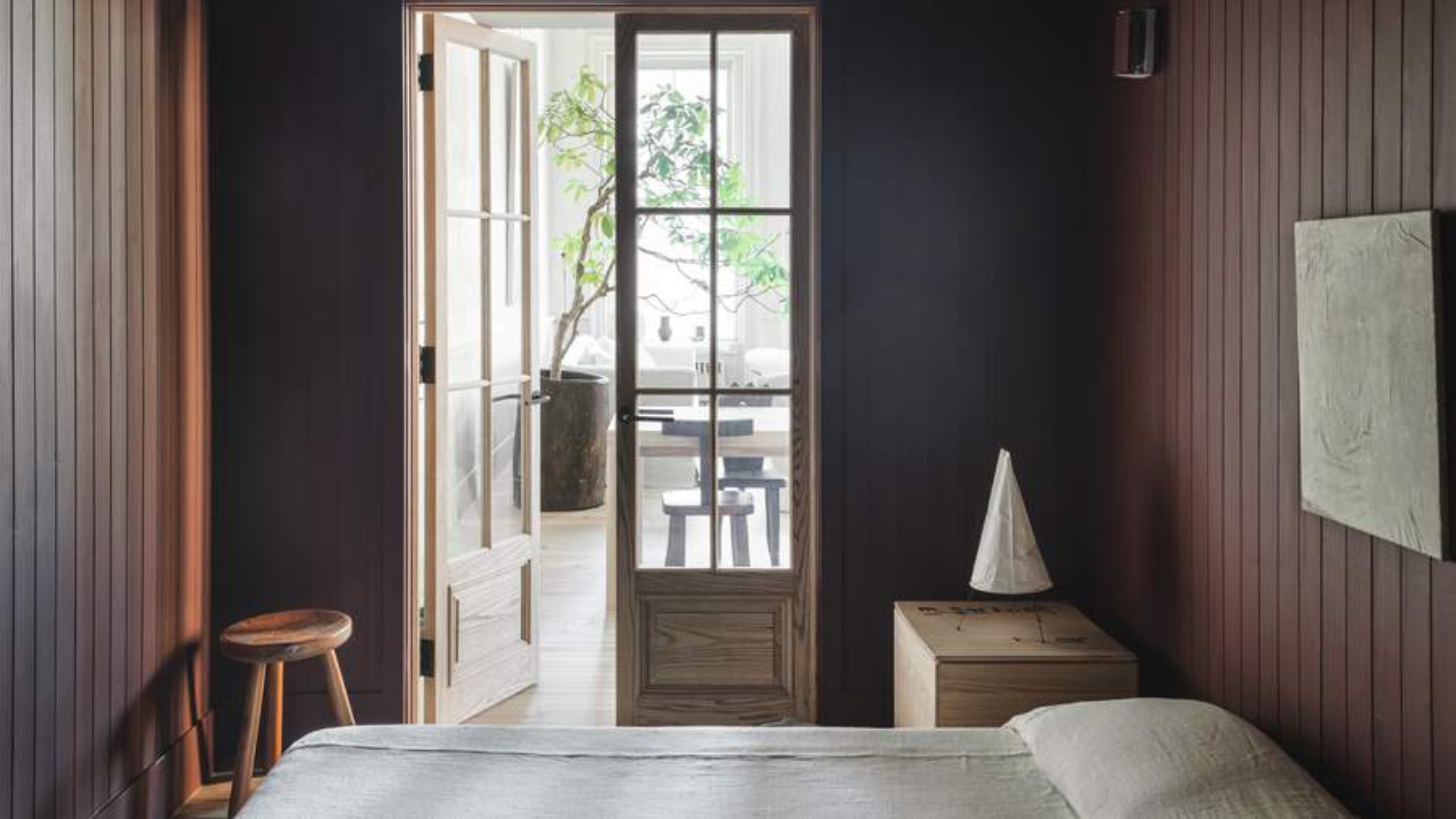 "It's Time to Make Yourself a Bedwomb," a Design Expert Tells Me — Why the Smallest Bedroom Is Best and How It Can Improve Your Sleep
"It's Time to Make Yourself a Bedwomb," a Design Expert Tells Me — Why the Smallest Bedroom Is Best and How It Can Improve Your SleepThe cozier the space, the better your sleep will be according to this design professional. From canopies to warm colors; here is how to create a bedwomb
By Olivia Wolfe Published
-
 5 Colors Interior Designers Warn Will Date Faster in 2025 Than Paint Can Dry
5 Colors Interior Designers Warn Will Date Faster in 2025 Than Paint Can DryWe're here for the fashionable but not the transient: these are the colors that won't hang around long enough this year for you to invest in them
By Olivia Wolfe Published
-
 How to Repot a Monstera — A Gardening Expert's Guide to Breathing New Life Into Your Plant
How to Repot a Monstera — A Gardening Expert's Guide to Breathing New Life Into Your PlantGrant your lush décor addition a new home and make the most of its active growing season this spring in five simple steps
By Gilda Bruno Published
-
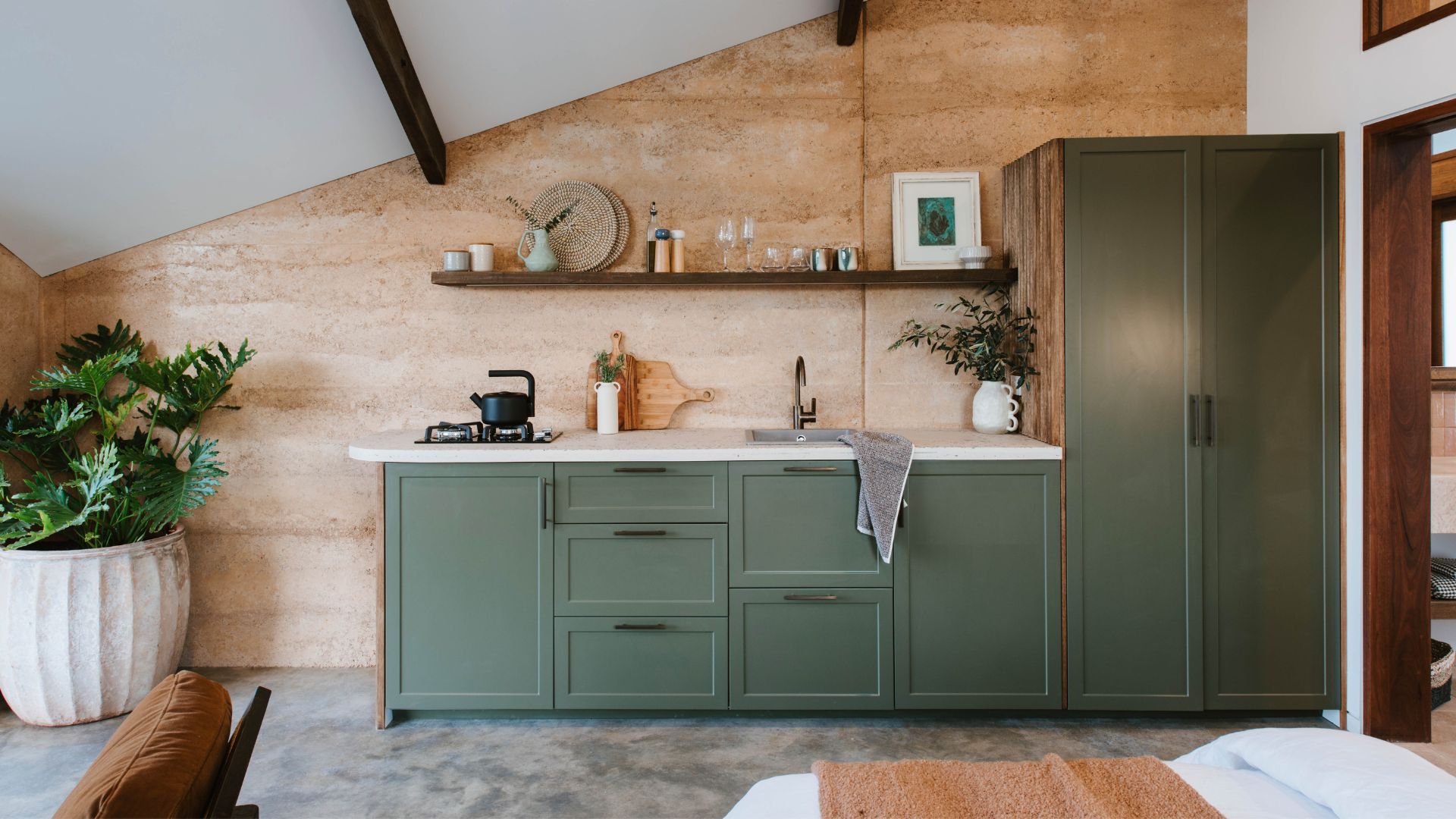 5 Kitchen Colors Going Out of Style in 2025 — And the Designer-Approved Shades to Pick Instead
5 Kitchen Colors Going Out of Style in 2025 — And the Designer-Approved Shades to Pick InsteadBecause the best-dressed kitchens are never seen in these passé palettes
By Sarah Warwick Published
-
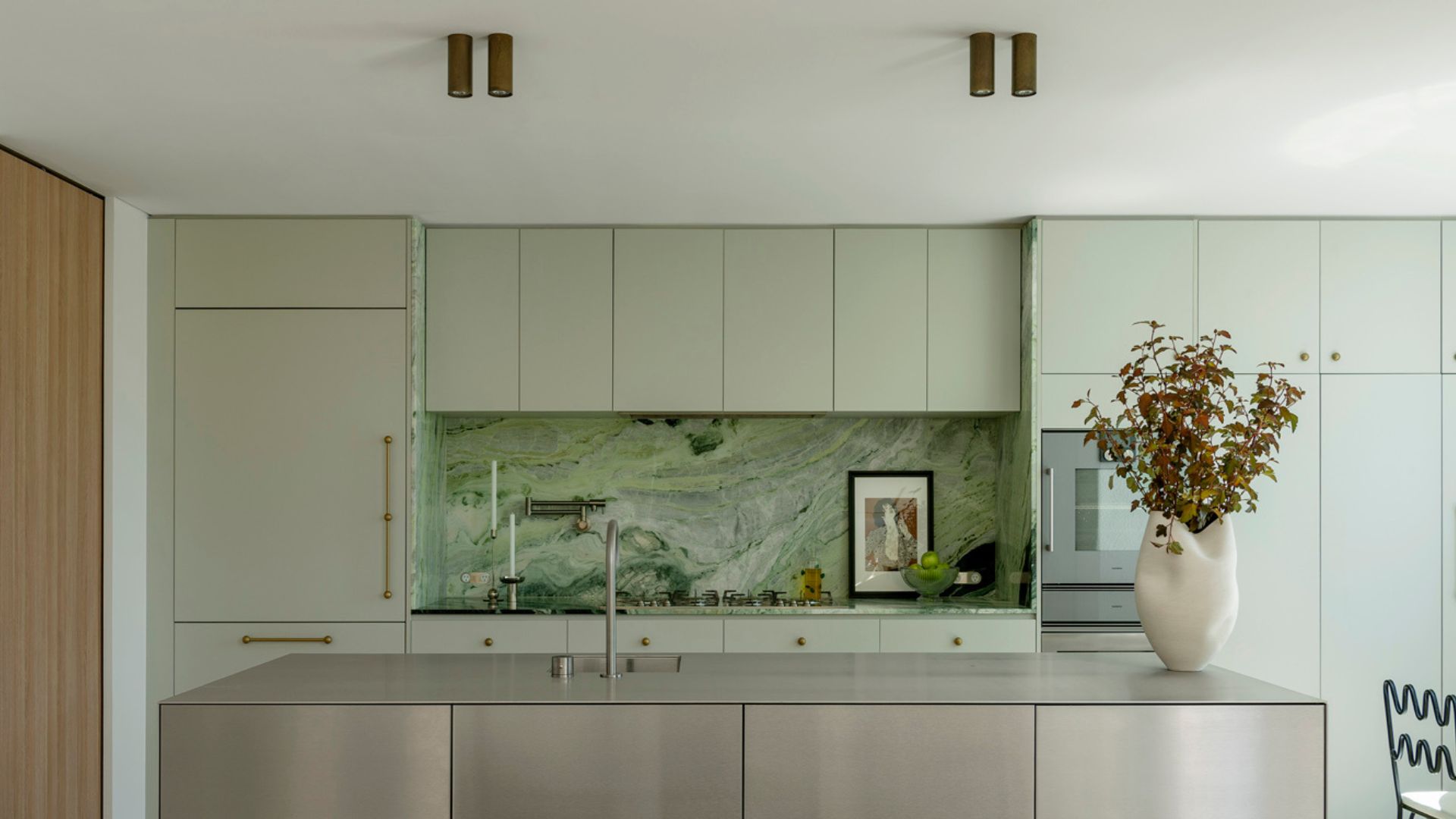 How to Remove Stains From Marble Surfaces — An Expert Guide to Keep Your Stone Spotless
How to Remove Stains From Marble Surfaces — An Expert Guide to Keep Your Stone SpotlessKeeping your marble countertop, backsplash, or tabletop free from stains is no mean feat, but there are some effective ways to clean this porous material
By Lilith Hudson Published
-
 How to Keep Your Christmas Tree From Drying Out — Expert Tips for Famished Firs
How to Keep Your Christmas Tree From Drying Out — Expert Tips for Famished FirsReal trees bring magic into living rooms for the holidays, but if you want to avoid sparse branches and dropped needles, follow the professionals' advice
By Lilith Hudson Published
-
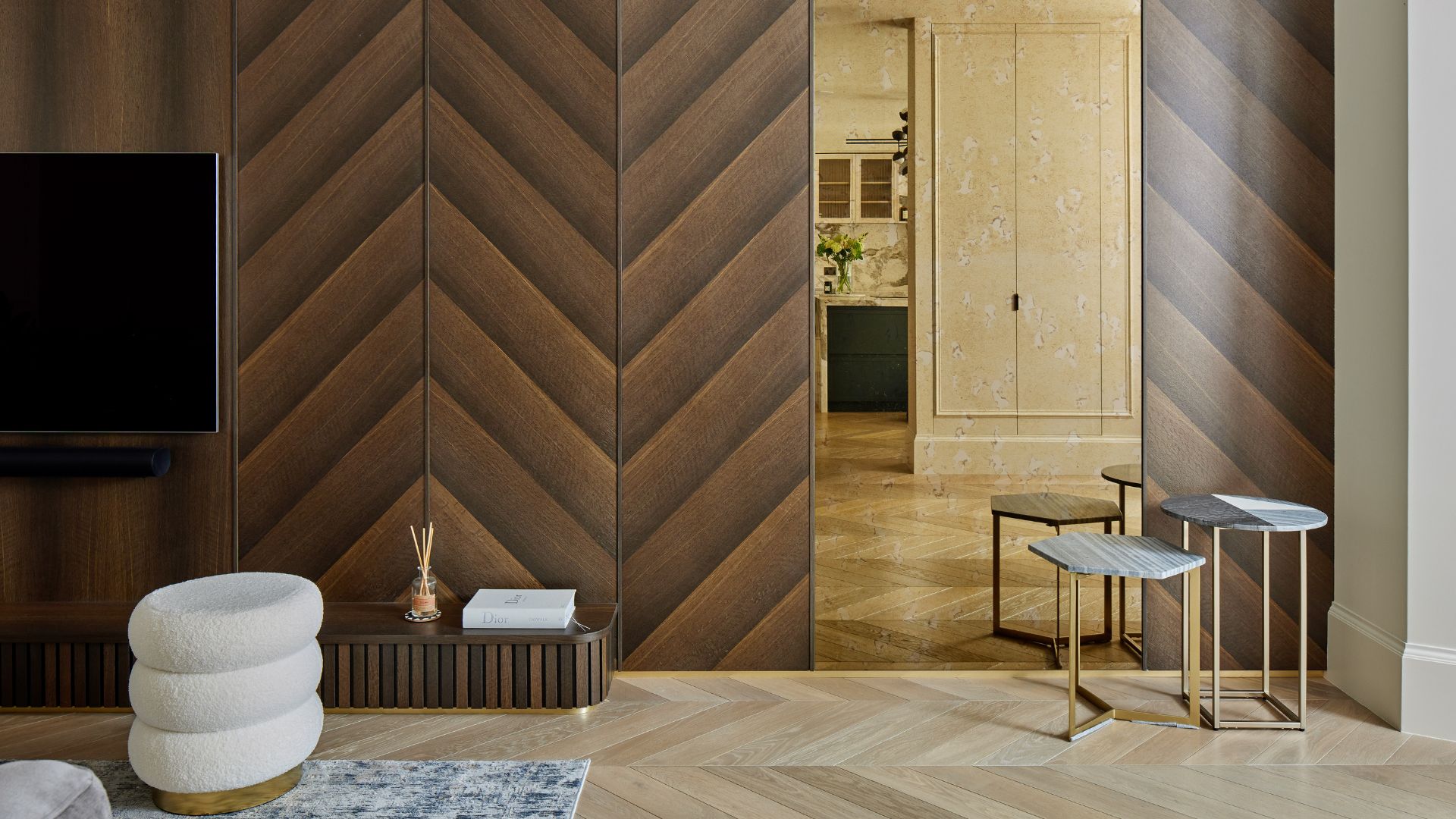 9 Designer-Approved Cleaning Tools That Will Transform Your Home — And Make Tiresome Chores a Whole Lot Easier
9 Designer-Approved Cleaning Tools That Will Transform Your Home — And Make Tiresome Chores a Whole Lot EasierStruggling to keep on top of your household cleaning? These chic and highly-effective cleaning tools should do the trick
By Seraphina Kyprios Published